Introduction
Architectural rendering serves as a critical bridge between conceptual designs and tangible realities, enabling architects and stakeholders to visualize projects before they materialize. This multifaceted process encompasses both two-dimensional and three-dimensional visualizations, which are essential for conveying design intent, material choices, and spatial relationships.
As the demand for sustainable building practices grows, the role of high-quality renderings becomes even more pronounced, with a significant portion of industry professionals recognizing their value in communicating green design intentions.
Moreover, advancements in rendering technologies, such as photorealistic techniques and immersive virtual reality experiences, are reshaping how architects present their visions, fostering deeper engagement with clients and enhancing project outcomes.
This article explores the foundational principles of architectural rendering, showcases exemplary case studies, and delves into the cutting-edge tools and trends that are defining the future of architectural visualization.
Understanding Architectural Rendering: A Foundation for Case Studies
Illustrative representations involve the production of both two-dimensional and three-dimensional depictions that showcase the details of a proposed structure. This process is pivotal within the workflow, empowering architects and clients to visualize the project ahead of construction. Top-notch visualizations, including realistic CG humans, are crucial as they connect the divide between authenticity and the uncanny valley, improving design visuals and client interaction.
They communicate intent, material selections, and spatial relationships, making them essential tools for development and effective client presentations. Significantly, 28% of architects, engineers, contractors, owners, and investors indicate that most of their building projects meet green standards, emphasizing the importance of visual representation in conveying sustainable planning intentions. Architectural visuals effectively illustrate sustainable practices, showcasing energy-efficient materials and designs that align with green building standards.
Furthermore, 42% anticipate their projects will qualify as green within the next three years, expanding that group by 50%. As the design illustration field progresses, grasping methods like photorealistic depiction and conceptual representation becomes essential. The integration of advanced lighting methods—contrasting artificial illumination in interiors with natural sunlight in exteriors—demonstrates how technological advancements are influencing design practices and improving project outcomes.
This fundamental knowledge will enhance the understanding of architectural rendering case studies, which illustrate the latest advancements and applications within the field of visualization, including the effectiveness of pre-sales visualization in boosting project confidence and generating investment through engaging visuals. Moreover, the application of 3D exterior visuals acts as an essential communication resource between homeowners and builders, promoting clearer conversations about concepts and expectations.
Showcasing Excellence: Inspiring Architectural Rendering Case Studies
The Sky House – This luxury residential project exemplifies exceptional architectural design, showcasing the delicate interplay of natural light with the surrounding landscape. The use of meticulously detailed materials and textures not only conveys the design intent but also elevates the overall aesthetic appeal, providing a compelling visual narrative that resonates with potential clients and investors. As architect Sabrina Aberman aptly notes,
The perceived value of the real estate investment depends solely on how well the visual can demonstrate a property’s potential, underscoring the importance of high-quality visualizations in luxury markets. Furthermore, feedback from clients reinforces the role of these visuals in generating confidence and investment. One client remarked,The visuals not only attracted investors but also significantly boosted our pre-sales revenue, allowing us to proceed with construction ahead of schedule.This aligns with Coffee shop Alchemy LLC’s commitment to developing learning dispositions and illustrating how effective representations can serve as educational tools for stakeholders.Urban Revitalization Project – This complex commercial development utilizes cutting-edge rendering techniques, including dynamic lighting and contextual environmental elements, to vividly showcase its transformative impact on the urban landscape. The representations proved instrumental in securing stakeholder buy-in, effectively illustrating the project’s benefits to the community. Notably, the planned construction of a train station approximately 1000 meters from the site enhances accessibility, further emphasizing the project’s significance. The incorporation of architectural rendering case studies in this context emphasizes their role in promoting discussions about urban development and enhancing public involvement, a sentiment reflected in client testimonials that confirm the efficacy of our communication through images.
Contemporary Art Museum – This case study highlights the strategic use of conceptual representation to convey innovative creative concepts. The illustrations emphasize the museum’s unique design elements, allowing it to be approachable for both clients and the public to connect with the vision. By connecting the divide between abstract ideas and concrete representations, these illustrations play a vital part in generating support and enthusiasm for the project. Furthermore, the incorporation of community involvement through crowdsourcing, as illustrated in architectural rendering case studies like ‘Conceptual Architectural Design at Scale,’ demonstrates the effectiveness of architectural visualization in promoting community engagement and improving design results. Client feedback further reflects our dedication to not just meet, but exceed their expectations. One client shared,
Working with J. Scott Smith Visual Designs transformed our vision into reality, and the community's involvement made the project truly special.This reinforces the significance of trust and reliability in our partnerships.
The Tools Behind the Art: Technologies in Architectural Rendering
Architectural visualization is fundamentally enhanced by a suite of sophisticated tools and technologies that facilitate the creation of compelling representations, which are crucial in architectural rendering case studies for fostering community connections among future homeowners. Leading software solutions like SketchUp are crucial for 3D modeling, while V-Ray excels in creating photorealistic images. Adobe Photoshop further enhances these visuals through post-production techniques, allowing for refined presentations that resonate emotionally with clients.
The advent of emerging technologies, particularly virtual reality (VR) and augmented reality (AR), is markedly transforming the architectural landscape, empowering architects to craft immersive experiences that deepen engagement with clients and stakeholders. For instance, in July 2024, Meta Platforms, Inc. launched its AI Text-to-3D Generator, which can create or retexture 3D objects in under a minute, significantly enhancing 3D generation capabilities for immersive media. This tool exemplifies how emerging technologies enhance the process, providing architects the flexibility to explore design alternatives and communicate concepts with unprecedented clarity.
Moreover, the significance of precision and detail in exterior representations cannot be overstated; tiny details accumulate to narrate a compelling story of what the future holds for a building or home. The advantages of architectural rendering case studies are evident in their ability to provide quick visualization of ideas, cost-effectiveness in early-stage exploration, and enhanced communication among stakeholders, ensuring that everyone is aligned from the outset. Additionally, these representations support an iterative design process, allowing for multiple revisions and refinements based on feedback and new ideas.
Given the projected market growth at a CAGR of 3.3%, the importance of these visualization tools and technologies is highlighted in a landscape that encompasses over 73,313 architecture businesses across the United States.
Enhancing Communication and Marketing Through Architectural Visualization
Architectural representation is essential for enhancing communication among architects, clients, and stakeholders. High-quality representations, including detailed visualizations and site documentation, serve as powerful visual aids that bridge the gap between intricate technical drawings and client comprehension. As we progress through the design stage, our joint method includes producing initial visuals based on collected information, integrating client input, and making required modifications.
This iterative process ensures that the renderings accurately reflect the client’s vision, thereby fostering meaningful discussions and constructive feedback. In 2024, the effect of architectural representation on client communication is more pronounced than ever, as projects increasingly rely on compelling visual narratives to influence decision-making. As mentioned by Alfredo Ruiz, Design Lead at IBM Watson, ‘visualizing data in 3D enables users to reveal trends and patterns that may not be readily apparent with 2D representations.’
This capability enhances not only the clarity of design proposals but also significantly boosts marketing efforts. The recent $7.4 Million Series A announcement highlights the increasing acknowledgment of the significance of investing in advanced design representation tools. Furthermore, architectural rendering case studies highlight how effective representation can transform communication, providing architects with real-world examples of their impact.
By showcasing a project’s potential through striking imagery, architects can forge a compelling emotional connection with clients and investors, ultimately increasing the likelihood of project approval. To ensure you choose the appropriate 3D design service, think about reviewing portfolios, looking for client testimonials, and judging their responsiveness to feedback. The efficient application of design representation is a crucial factor in marketing success, highlighting its significance in modern design practice.
If you’re ready to enhance your project’s visual appeal and communication, contact us today to learn more about our services and how we can help bring your vision to life.
Future Trends in Architectural Rendering: What Lies Ahead
The landscape of architectural visualization is undergoing significant transformation, driven by several emerging trends that are essential for architectural rendering case studies and architects to understand. A notable development is the integration of artificial intelligence (AI) within visualization processes, which is crucial for creating lifelike CG humans and bridging the uncanny valley in visualizations. This technology not only automates routine tasks but also enhances overall efficiency, allowing architects to focus on creative solutions.
High-quality representations, shown through architectural rendering case studies, serve as a ‘window into the future’ of projects, enabling everyone involved to see the potential and understand the vision behind the blueprints. Real-time visualization technologies are also making waves, enabling architects to see modifications instantly and make informed choices in real time—a shift that is crucial for project success and generating excitement about what’s to come. In accordance with these technological advancements, sustainability is becoming increasingly crucial; architects are now focused on creating representations that embody environmentally conscious practices.
OpenAsset reports that:
- 28% of professionals in the industry—from architects to investors—indicate that most of their projects qualify as green, with expectations of a 50% increase in that proportion within the next three years.
- Furthermore, with nearly 120,000 licensed architects across 55 U.S. jurisdictions, the relevance of these trends is significant for a large number of professionals.
- Additionally, 70% of architecture firms plan to invest more in technology in the next 12 months, underscoring the industry’s commitment to technological advancement.
Maintaining a focus on high-quality renderings, as highlighted in architectural rendering case studies, is essential for making informed decisions and building excitement about upcoming projects, further emphasizing the diverse applications and importance of 3D rendering in architecture, medical imaging, training simulations, product prototyping, and graphic design. Keeping abreast of these trends is vital for architects aiming to maintain a competitive edge in the rapidly evolving realm of architectural visualization.
Conclusion
Architectural rendering stands as a fundamental pillar in the design process, bridging the gap between abstract concepts and tangible outcomes. By employing both two-dimensional and three-dimensional visualizations, architects can effectively communicate design intent, material choices, and spatial relationships, thereby enhancing client engagement and decision-making. The increasing prevalence of green building practices underscores the necessity for high-quality renderings that not only depict architectural visions but also align with sustainable design principles.
The exploration of case studies highlights the transformative potential of architectural rendering in various contexts, from luxury residential projects to community-centric urban developments. These examples illustrate how advanced rendering techniques can secure stakeholder buy-in, foster public engagement, and ultimately drive investment. The strategic use of innovative tools and technologies, such as virtual reality and artificial intelligence, further enriches the rendering process, enabling architects to create immersive experiences that captivate clients and stakeholders alike.
As the landscape of architectural rendering continues to evolve, staying informed about emerging trends and technologies is crucial for architects seeking to maintain a competitive advantage. Emphasizing the importance of high-quality visualizations not only enhances communication and marketing efforts but also ensures that design intentions resonate with clients and communities. By embracing these advancements, architects can navigate the complexities of contemporary architectural practice, ultimately shaping a built environment that is both aesthetically compelling and environmentally responsible.
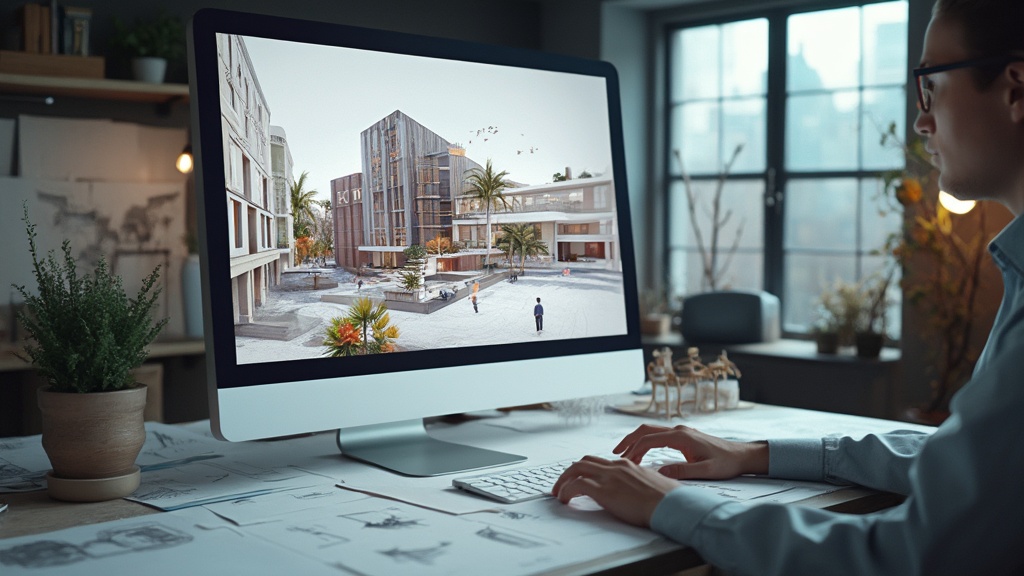
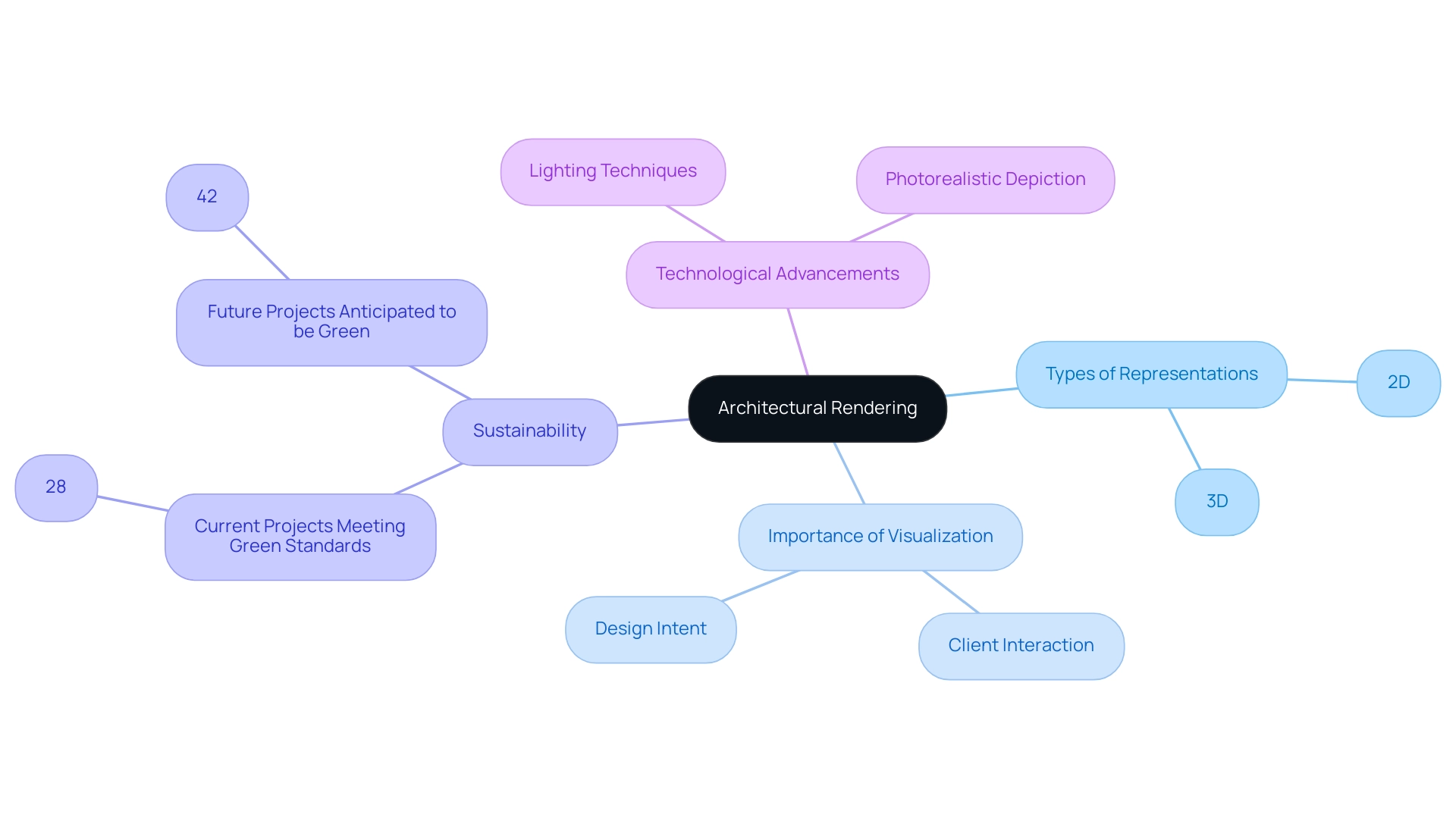
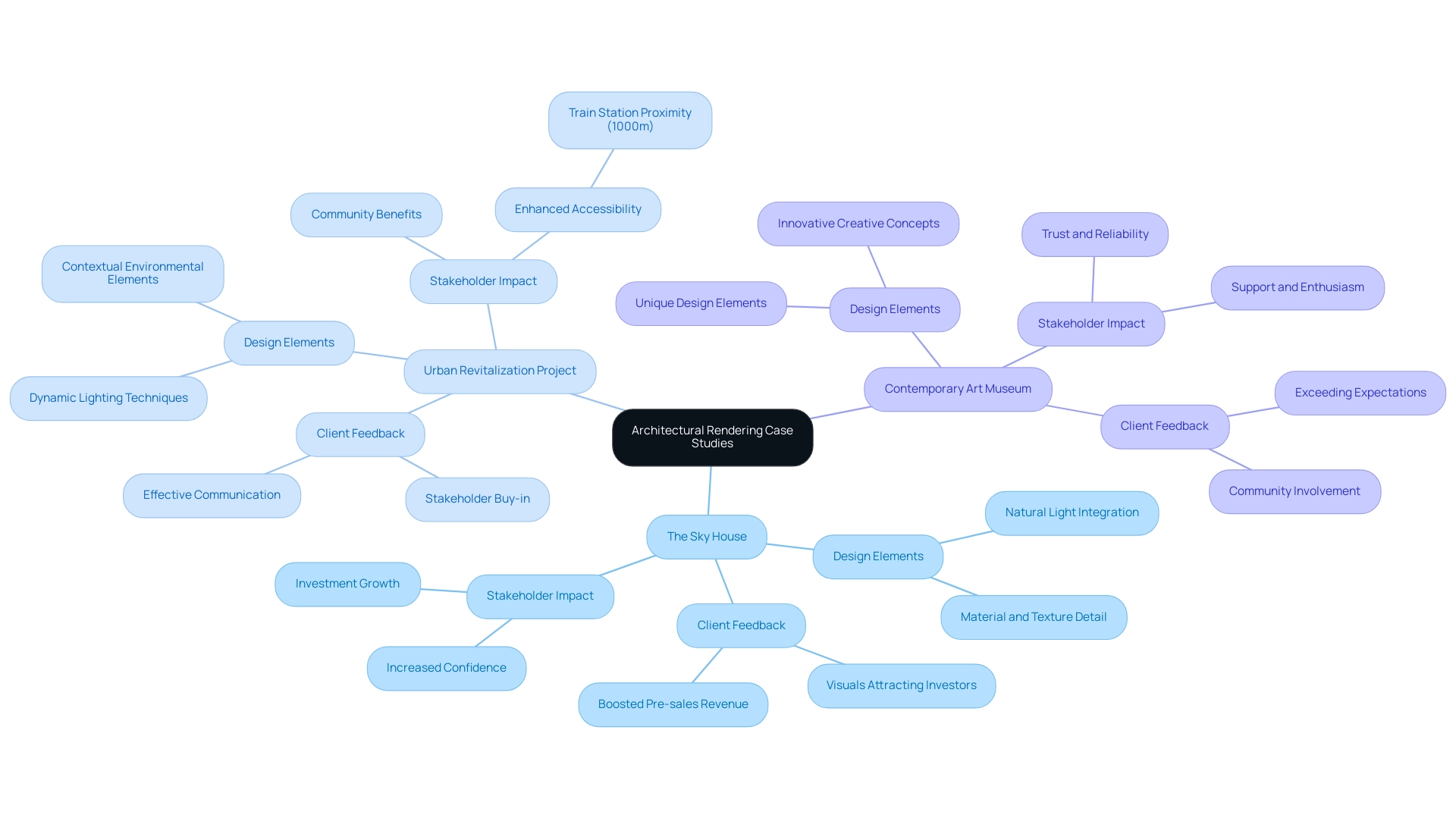
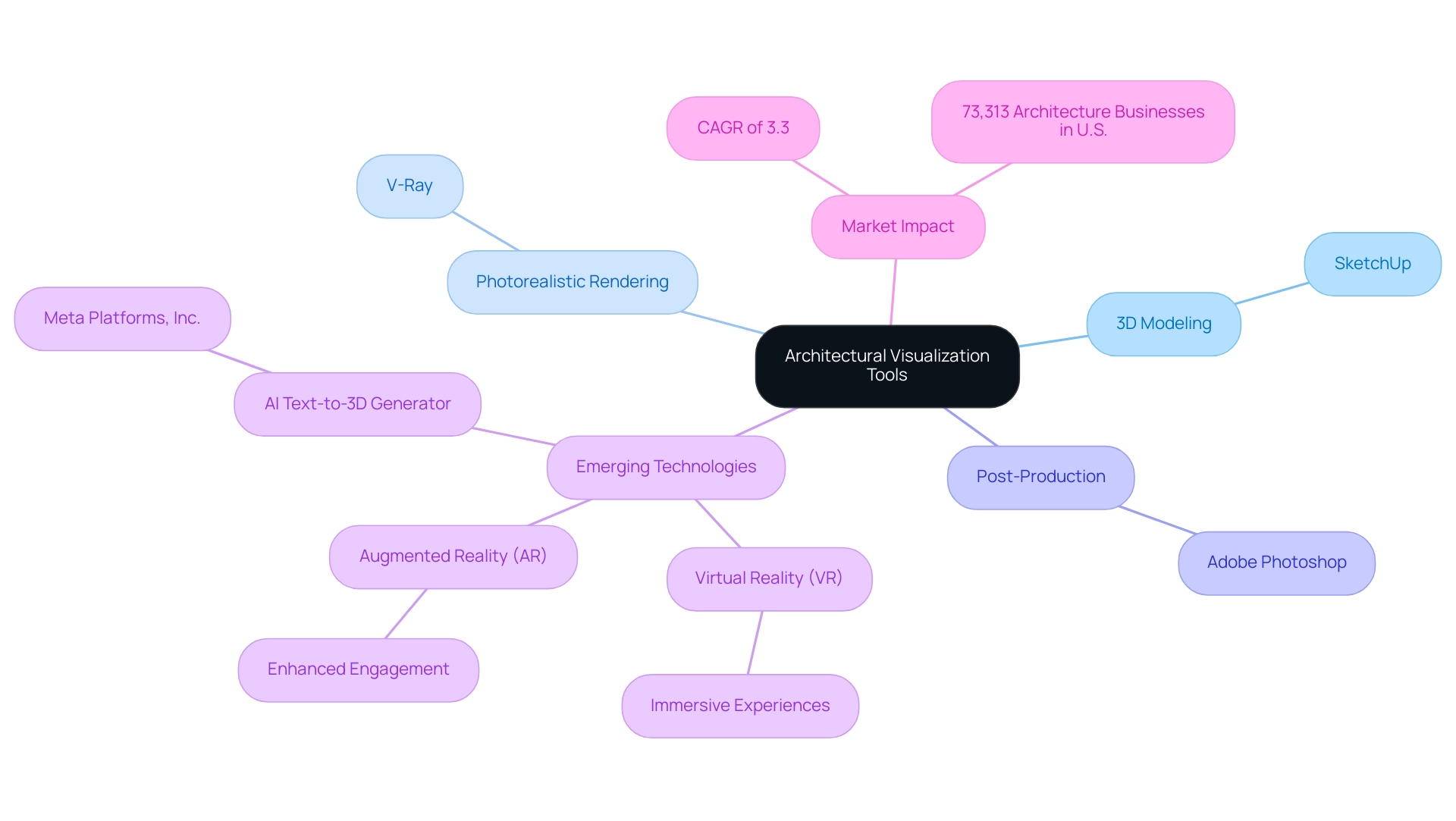
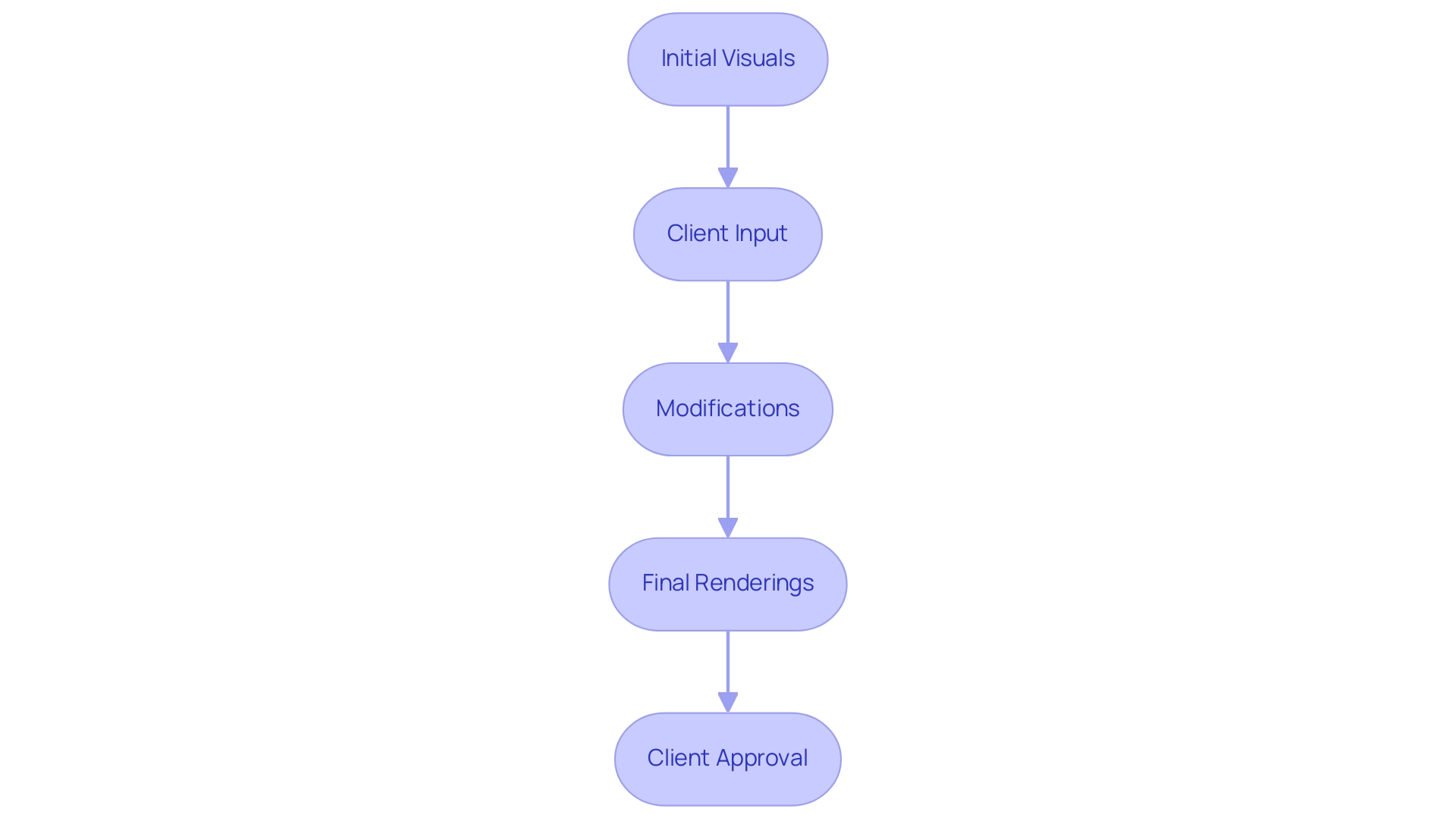
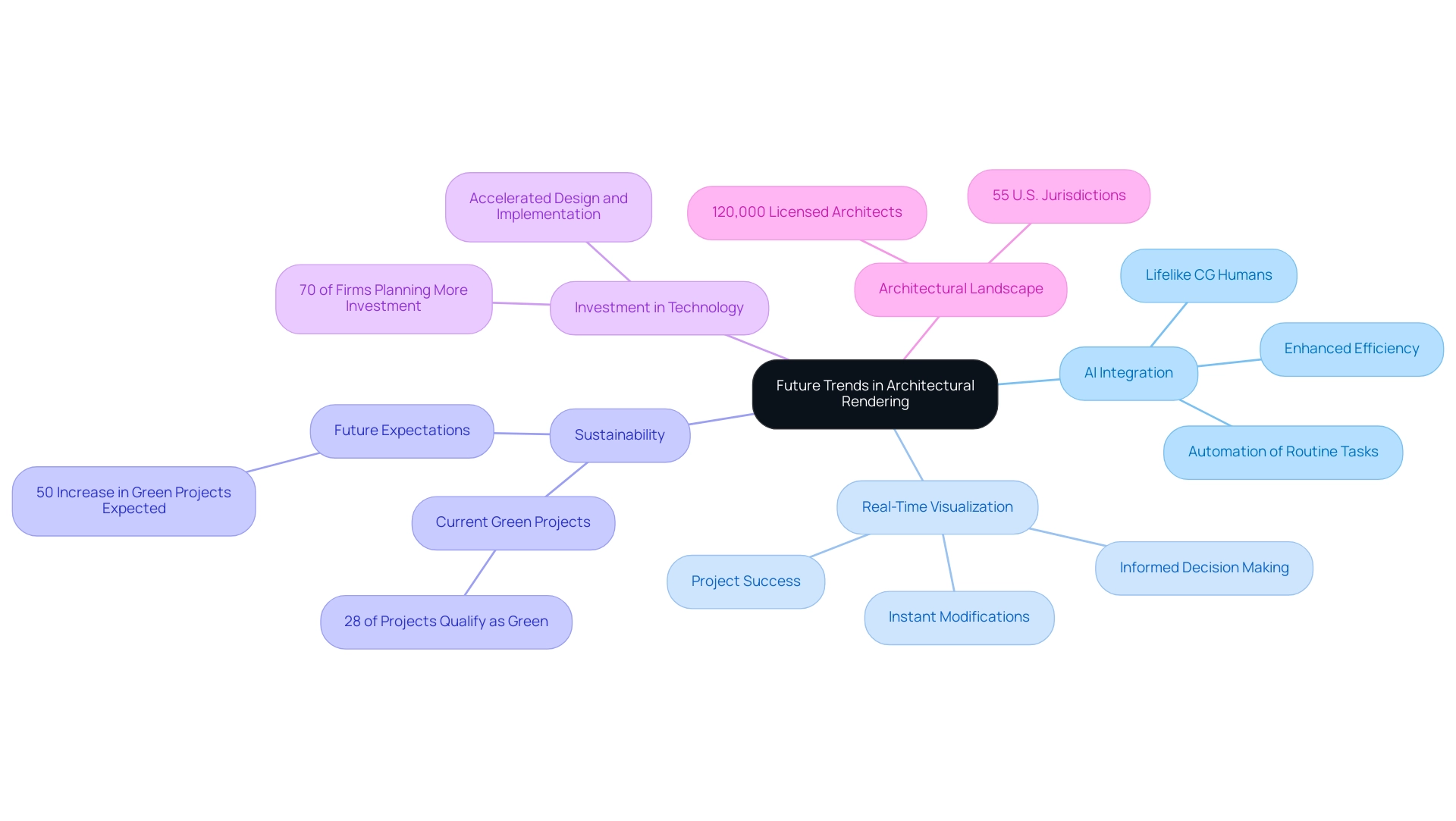
0 Comments